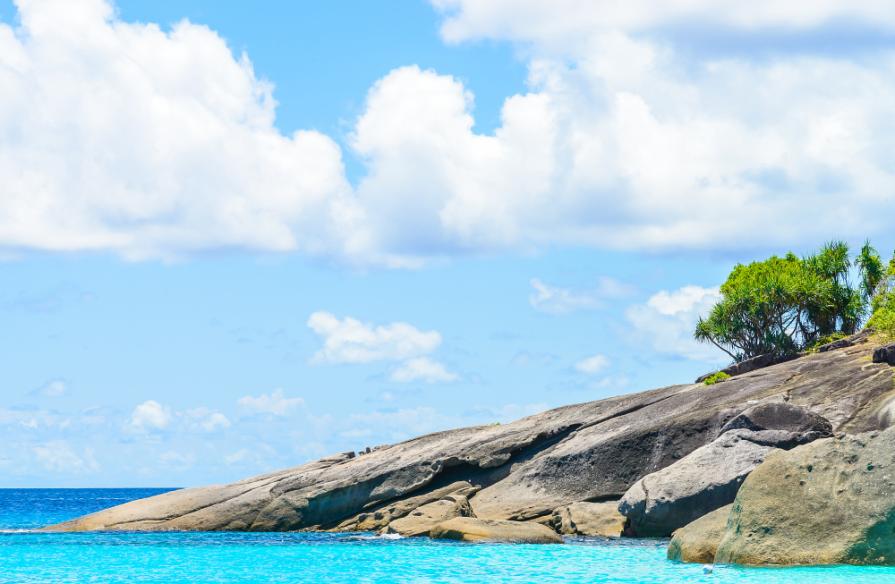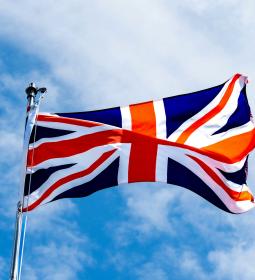When pronouncing the word "sea", an association with large bodies of water arises in my head. However, along with the largest seas, you can make the TOP of the smallest seas.

Inland Sea of Japan = 18 thousand km²

Belongs to the Pacific Ocean, it washes the shores of the islands of Kyushu and Shikoku. It has a connection with the Sea of Japan, and through the Hayasui and Bungo straits, Kim and Naruto enters the Pacific Ocean. In ancient times, the region of this sea served as an important transport interchange and the birth of industry.
Ligurian Sea = 15 thousand km²

It belongs to the western basin of the Mediterranean Sea and is named after the Ligurians, the inhabitants of the most ancient tribe, who previously settled at the foot of the Alps and the Apennines. Here is the Gulf of Genoa and the Tuscan archipelago. The Ligurian Sea has borders with the Tyrrhenian Sea.
Sea of Marmara = 11.472 thousand km²

Once, as a result of a large fault in the earth's crust, a sea was formed, and they called it the Marble Sea. At one time, this water area aroused great interest among sailors and scientists. The large islands of Marmara and Princes are washed by the Sea of Marmara. Turkey plans to connect the Sea of Marmara with the Black Sea in the next few years through the construction of a shipping canal.
Wadden Sea = 10 thousand km²

The Wadden Sea is also called the North Sea. These are shallow sea areas washing Holland, Germany, Denmark and the Frisian Islands. This sea is a UNESCO World Heritage Site and is considered a large-scale natural tidal ecosystem. This means that life in the Wadden Sea is able to emerge and evolve without human intervention. There are large reserves of natural gas here.
Samar Sea = 3.87 thousand km²

The small sea between the Philippine Islands is washed by the islands of Samar, Masbate, Luzon and Leyte. It is part of the Pacific Ocean. Subjected to a significant reduction in fish species due to uncontrolled fishing. Due to the disturbance of the ecological balance, the population of jellyfish has increased sharply, and the extinction of coral reefs was provoked by deforestation, soil washout and silting of reefs.













